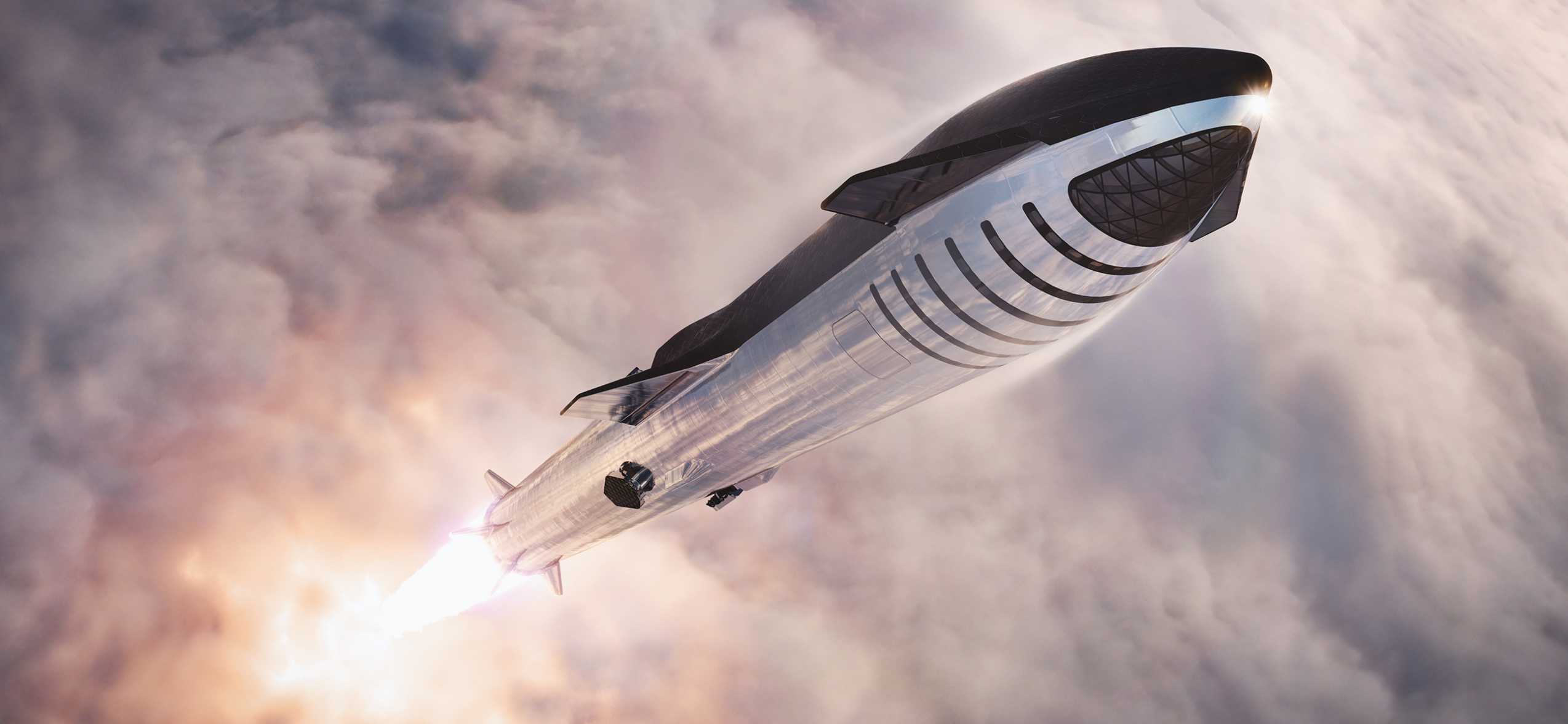
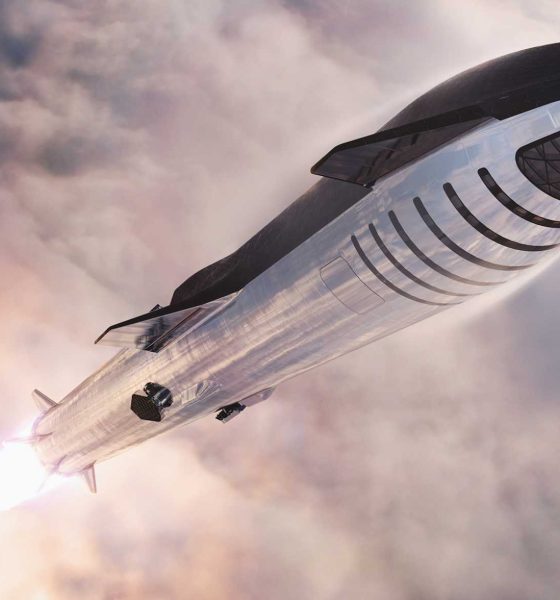
News
SpaceX’s orbital Starship launch debut could still happen this year
Despite the spectacular demise of a full-scale prototype just days ago, a senior SpaceX engineer and executive believes that Starship could still be ready for its first orbital launch attempt before the end of the year.
Even if the first launch attempt fails, that milestone – if realized – would be one of the single biggest upsets in the history of spaceflight, proving that Saturn V-scale orbital-class rockets can likely be built in spartan facilities with common materials for pennies on the dollar. Much like Falcon 1 suffered three launch failures before successfully reaching orbit, there’s a strong chance that Starship’s first shot at orbit will fall short, although each full-up launch failure would likely cost substantially more than the current prototypes being routinely tested to destruction in South Texas.
Most recently, what CEO Elon Musk later described as a “a minor test of a quick disconnect” went wrong in a spectacular fashion, causing a major liquid methane leak that subsequently ignited and created a massive explosion. Although Starship SN4 did technically complete its fifth Raptor engine static fire test just a minute or so prior, the ship and its immediate surroundings were obliterated by the violent explosion, leaving little more than steel shrapnel and the broken husk of a launch mount behind. It’s in this context that one of SpaceX’s most levelheaded, expert executives believes that an orbital launch could still happen this year.
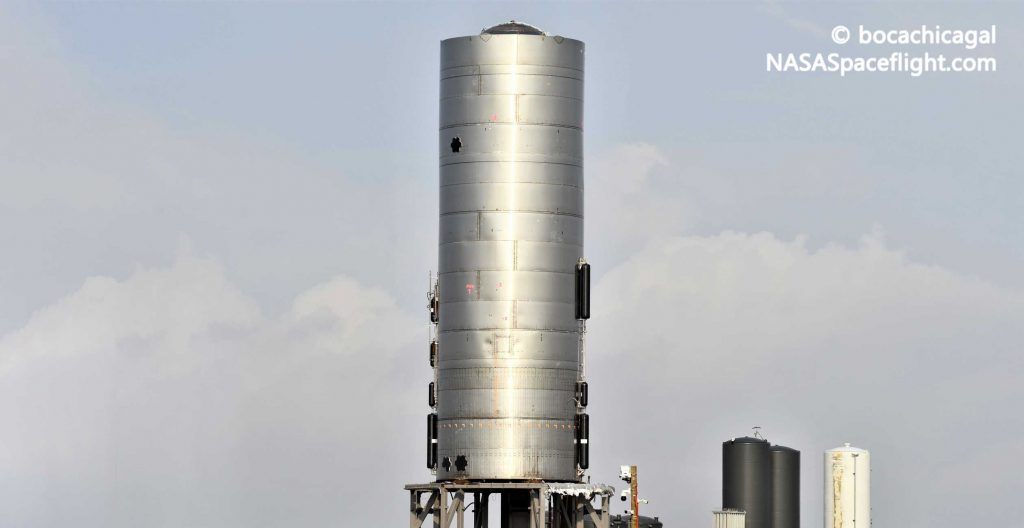
While Starship SN4’s demise and the continued possibility of the ship’s orbital launch debut occurring less than seven months from now may seem at odds with each other, that’s actually just a side effect of the approach SpaceX has always taken when developing brand new rockets and spacecraft. Following the lead of the scrappy teams that used the exact same methods to design, test, and fly the massive Saturn rockets that took humans to the Moon, SpaceX has always preferred to learn by doing.
Inevitably, testing minimum viable products to their limits will lead to failures, but those failures are actually extremely valuable so long as they are extensively analyzed and learned from. That’s exactly what SpaceX has been doing for the last six or so months with full-scale Starship prototypes: building, testing, failing, and improving in an unending cycle. Built slowly with inferior methods, Starship Mk1 almost immediately during its first pressure test in November 2019. SpaceX took that failure, extracted all the insight it could, and dramatically improved its production methods before completing Starship SN1 barely three months later.

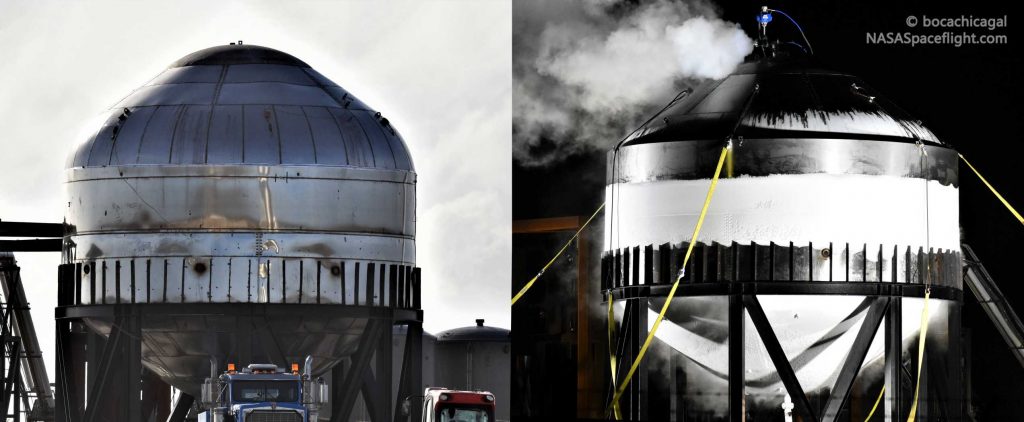
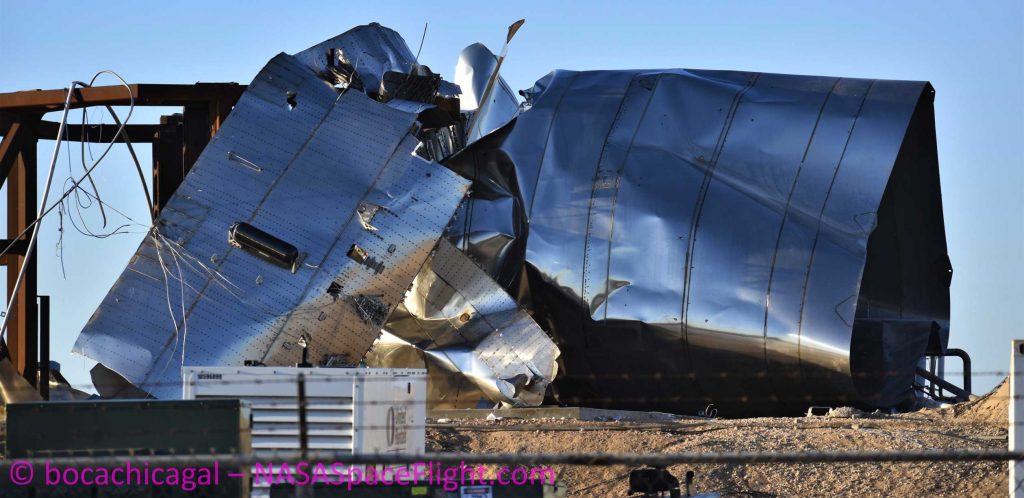
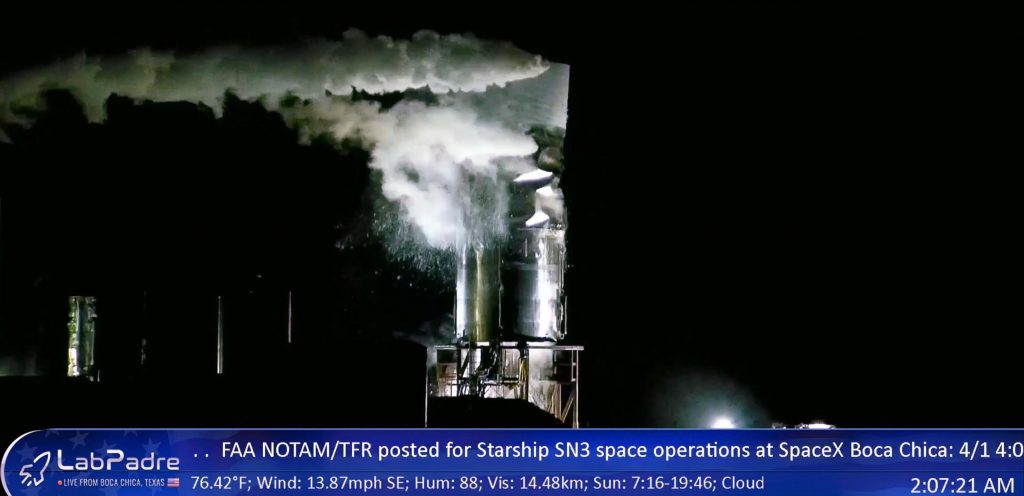
Prior to SN1, SpaceX built and tested two stout test tanks to failure, ultimately achieving pressures of ~8.5 bar – sufficient for reliable human spaceflight – with the second tank on January 30th, 2020. On February 28th, Starship SN1 was unfortunately destroyed by a faulty ‘thrust puck’ (Raptor engine mount). Just 10 days later, SpaceX successfully tested a third ad-hoc test tank, proving that it had already rectified the engine section design flaw. Hardware isn’t always the only problem, however, and Starship SN3 was destroyed by human operator error during a cryogenic proof test on April 3rd.
Starship SN4 was completed and moved to the launch pad less than a month later and began testing just a few days after that, quickly racking up milestones as it became the first full-scale prototype to pass cryogenic proof testing, perform a wet dress rehearsal (WDR) with real propellant, fire up a Raptor engine, and complete a more ambitious cryogenic pressure test. Prior to the ground systems fuel leak that killed it, SN4 was possibly just days away from attempting the inaugural flight of a full-scale Starship prototype.
With Starship SN4 now steel confetti, Starship SN5 – effectively complete – will likely take over where its predecessor left off, heading to the launch pad within the next week or so before attempting a cryogenic pressure test and Raptor static fire to clear it for flight. Per Koenigsmann, that flight debut could come just a few weeks from now – likely before the end of June if replacement ground equipment can be quickly completed. If Starship SN5 survives that hop debut, it may ultimately be upgraded with a nosecone, flaps, and two additional Raptor engines to perform a dramatic 20 km (~12 mi) flight, capped with a supersonic skydiver-style reentry and landing test.
Once that capability has been successfully demonstrated, Super Heavy development and orbital Starship operation and reentry are the next critical hurdles. If Koenigsmann is correct, it’s safe to say that the first fully heat-shielded Starships and the beginnings of the first one or several Super Heavy booster prototypes will begin to appear in South Texas within the next few months.
Check out Teslarati’s Marketplace! We offer Tesla accessories, including for the Tesla Cybertruck and Tesla Model 3.

News
Tesla Model Y L is gaining momentum in China’s premium segment
This suggests that the addition of the Model Y L to Tesla China’s lineup will not result in a case of cannibalization, but a possible case of “premiumization” instead.
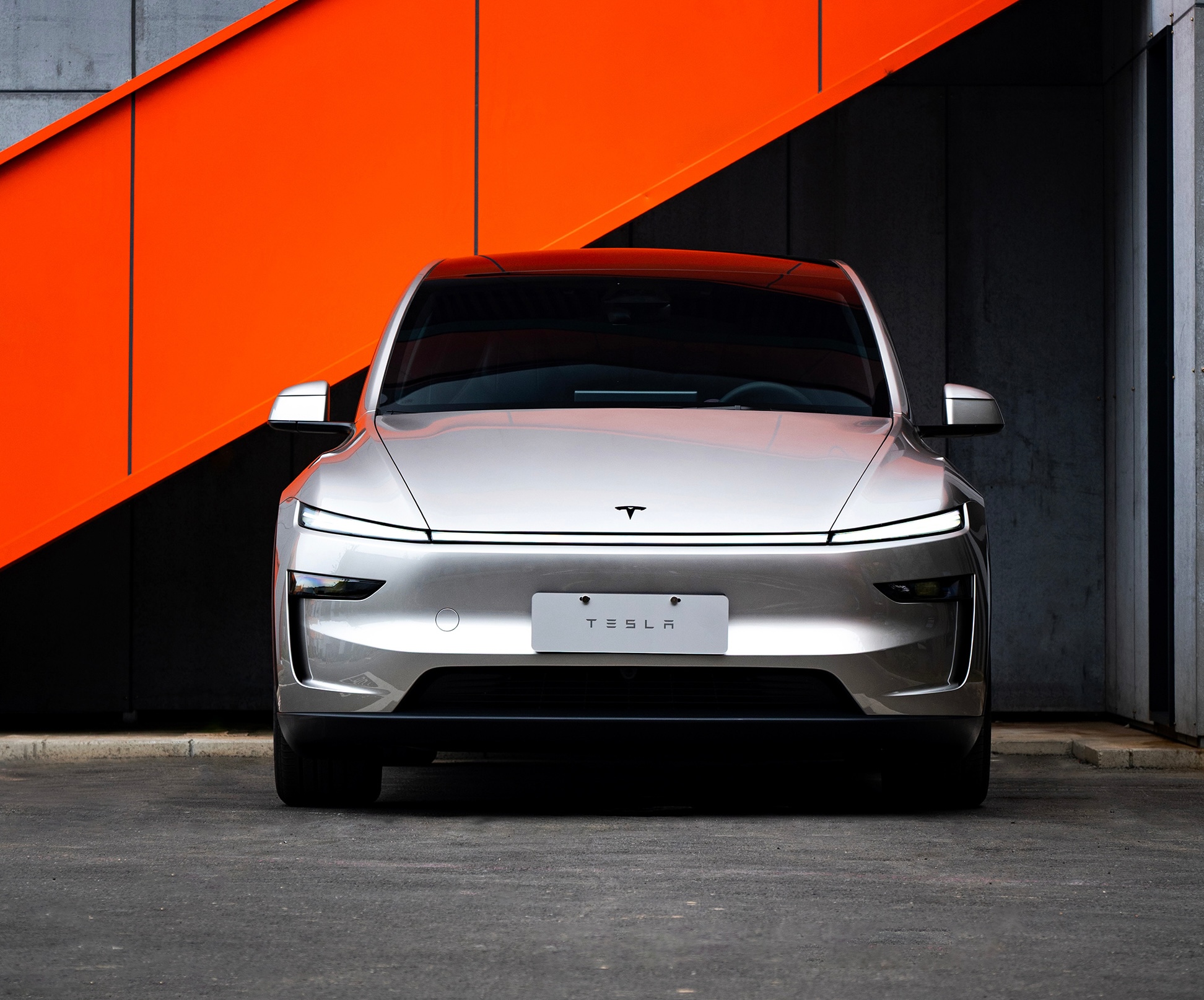
Tesla’s domestic sales in China held steady in November with around 73,000 units delivered, but a closer look at the Model Y L’s numbers hints at an emerging shift towards pricier variants that could very well be boosting average selling prices and margins.
This suggests that the addition of the Model Y L to Tesla China’s lineup will not result in a case of cannibalization, but a possible case of “premiumization” instead.
Tesla China’s November domestic numbers
Data from the a Passenger Car Association (CPCA) indicated that Tesla China saw domestic deliveries of about 73,000 vehicles in November 2025. This number included 34,000 standard Model Y units, 26,000 Model 3 units, and 13,000 Model Y L units, as per industry watchers.
This means that the Model Y L accounted for roughly 27% of Tesla China’s total Model Y sales, despite the variant carrying a ~28% premium over the base RWD Model Y that is estimated to have dominated last year’s mix.
As per industry watcher @TSLAFanMtl, this suggests that Tesla China’s sales have moved towards more premium variants this year. Thus, direct year-over-year sales comparisons might miss the bigger picture. This is true even for the regular Model Y, as another premium trim, the Long Range RWD variant, was also added to the lineup this 2025.
November 2025 momentum
While Tesla China’s overall sales this year have seen challenges, the Model Y and Model 3 have remained strong sellers in the country. This is especially impressive as the Model Y and Model 3 are premium-priced vehicles, and they compete in the world’s most competitive electric vehicle market. Tesla China is also yet to roll out the latest capabilities of FSD in China, which means that its vehicles in the country could not tap into their latest capabilities yet.
Aggregated results from November suggest that the Tesla Model Y took the crown as China’s #1 best-selling SUV during the month, with roughly 34,000 deliveries. With the Model Y L, this number is even higher. The Tesla Model 3 also had a stellar month, seeing 25,700 deliveries during November 2025.
Cybertruck
Tesla Cybertruck earns IIHS Top Safety Pick+ award
To commemorate the accolade, the official Cybertruck account celebrated the milestone on X.

The Tesla Cybertruck has achieved the Insurance Institute for Highway Safety’s (IIHS) highest honor, earning a Top Safety Pick+ rating for 2025 models built after April 2025.
The full-size electric pickup truck’s safety rating is partly due to the vehicle’s strong performance in updated crash tests, superior front crash prevention, and effective headlights, among other factors. To commemorate the accolade, the official Cybertruck account celebrated the milestone on X.
Cybertruck’s IIHS rating
As per the IIHS, beginning with 2025 Cybertruck models built after April 2025, changes were made to the front underbody structure and footwell to improve occupant safety in driver-side and passenger-side small overlap front crashes. The moderate overlap front test earned a good rating, and the updated side impact test also received stellar marks.
The Cybertruck’s front crash prevention earned a good rating in pedestrian scenarios, with the standard Collision Avoidance Assist avoiding collisions in day and night tests across child, adult crossing, and parallel paths. Headlights with high-beam assist compensated for limitations, contributing to the top award.
Safest and most autonomous pickup
The Cybertruck is one of only two full-size pickups to receive the IIHS’ Top Safety Pick + rating. It is also the only one equipped with advanced self-driving features via Tesla’s Full Self-Driving (Supervised) system. Thanks to FSD, the Cybertruck can navigate inner city streets and highways on its own with minimal supervision, adding a layer of safety beyond passive crash protection.
Community reactions poured in, with users praising the vehicle’s safety rating amidst skepticism from critics. Tesla itself highlighted this by starting its X post with a short clip of a Cybertruck critic who predicted that the vehicle will likely not pass safety tests. The only question now is, of course, if the vehicle’s Top Safety Pick+ rating from the IIHS will help the Cybertruck improve its sales.
News
Tesla stands to gain from Ford’s decision to ditch large EVs
Tesla is perhaps the biggest beneficiary of Ford’s decision, especially as it will no longer have to deal with the sole pure EV pickup that outsold it from time to time: the F-150 Lightning.
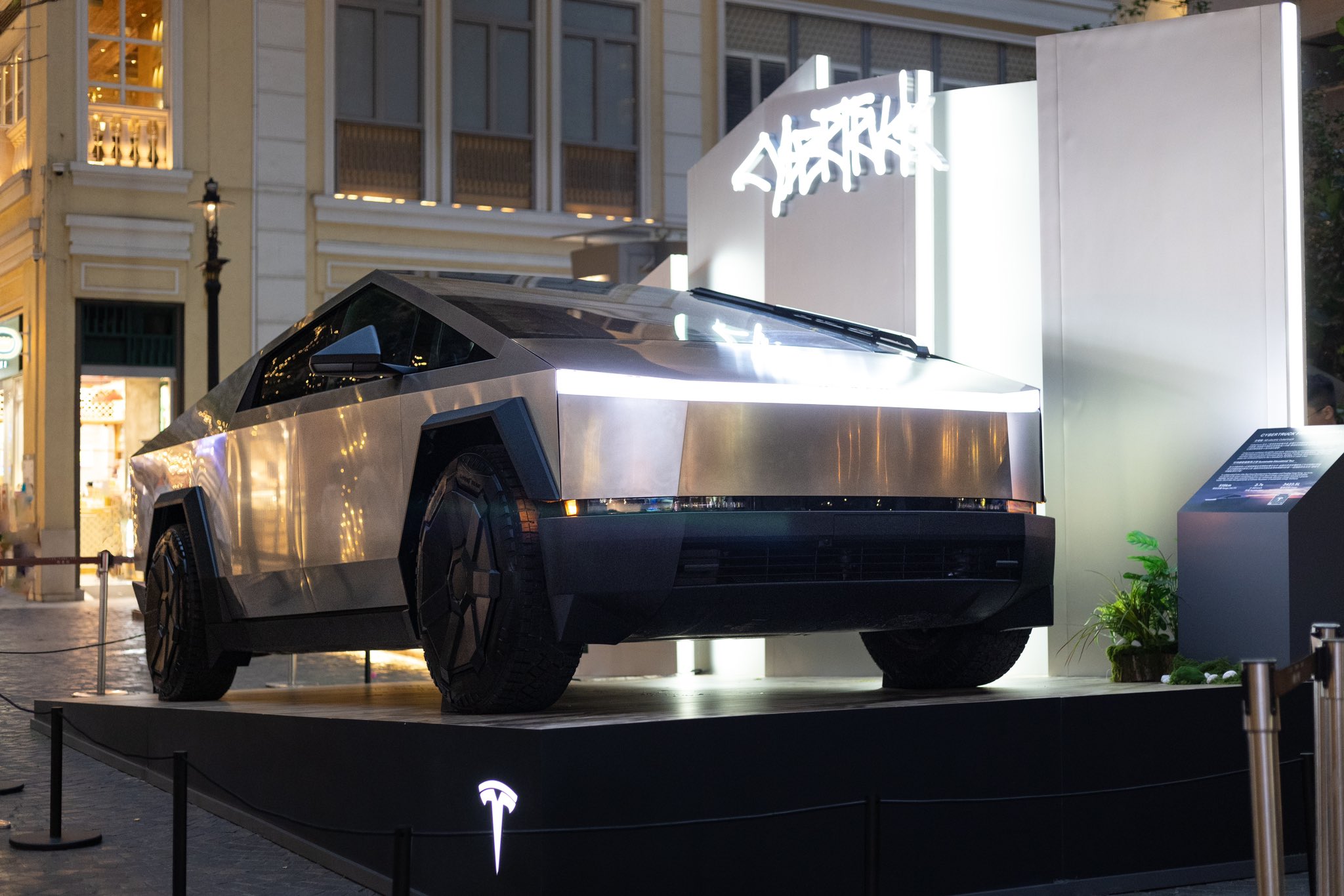
Ford’s recent decision to abandon production of the all-electric Ford F-150 Lightning after the 2025 model year should yield some advantages for Tesla.
The Detroit-based automaker’s pivot away from large EVs and toward hybrids and extended-range EVs that come with a gas generator is proof that sustainable powertrains are easy on paper, but hard in reality.
Tesla is perhaps the biggest beneficiary of Ford’s decision, especially as it will no longer have to deal with the sole pure EV pickup that outsold it from time to time: the F-150 Lightning.
Here’s why:
Reduced Competition in the Electric Pickup Segment
The F-150 Lightning was the Tesla Cybertruck’s primary and direct rival in the full-size electric pickup market in the United States. With Ford’s decision to end pure EV production of its best-selling truck’s electric version and shifting to hybrids/EREVs, the Cybertruck faces significantly less competition.
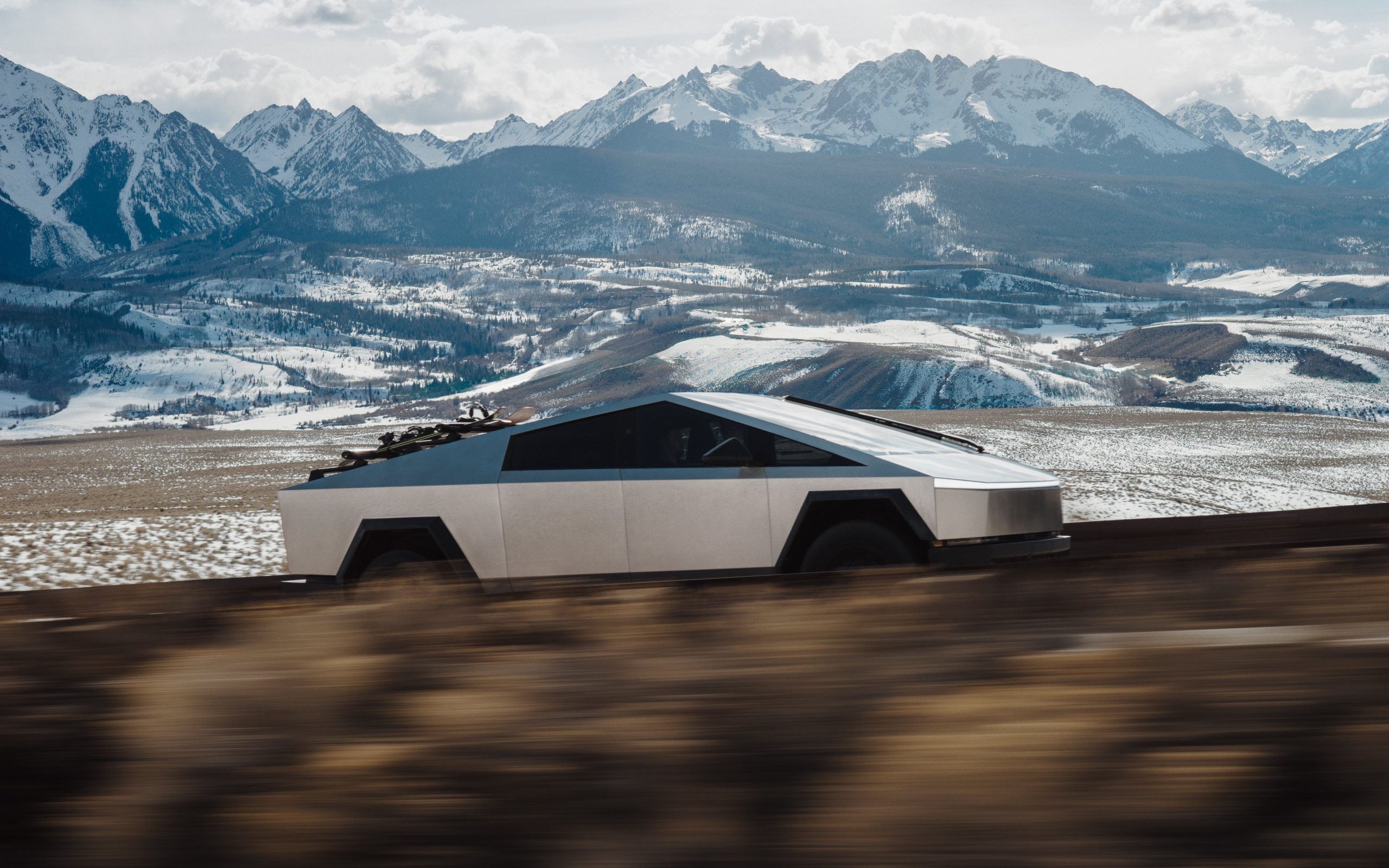
Credit: Tesla
This could drive more fleet and retail buyers toward the Cybertruck, especially those committed to fully electric vehicles without a gas generator backup.
Strengthened Market Leadership and Brand Perception in Pure EVs
Ford’s pullback from large EVs–citing unprofitability and lack of demand for EVs of that size–highlights the challenges legacy automakers face in scaling profitable battery-electric vehicles.
Tesla, as the established leader with efficient production and vertical integration, benefits from reinforced perception as the most viable and committed pure EV manufacturer.
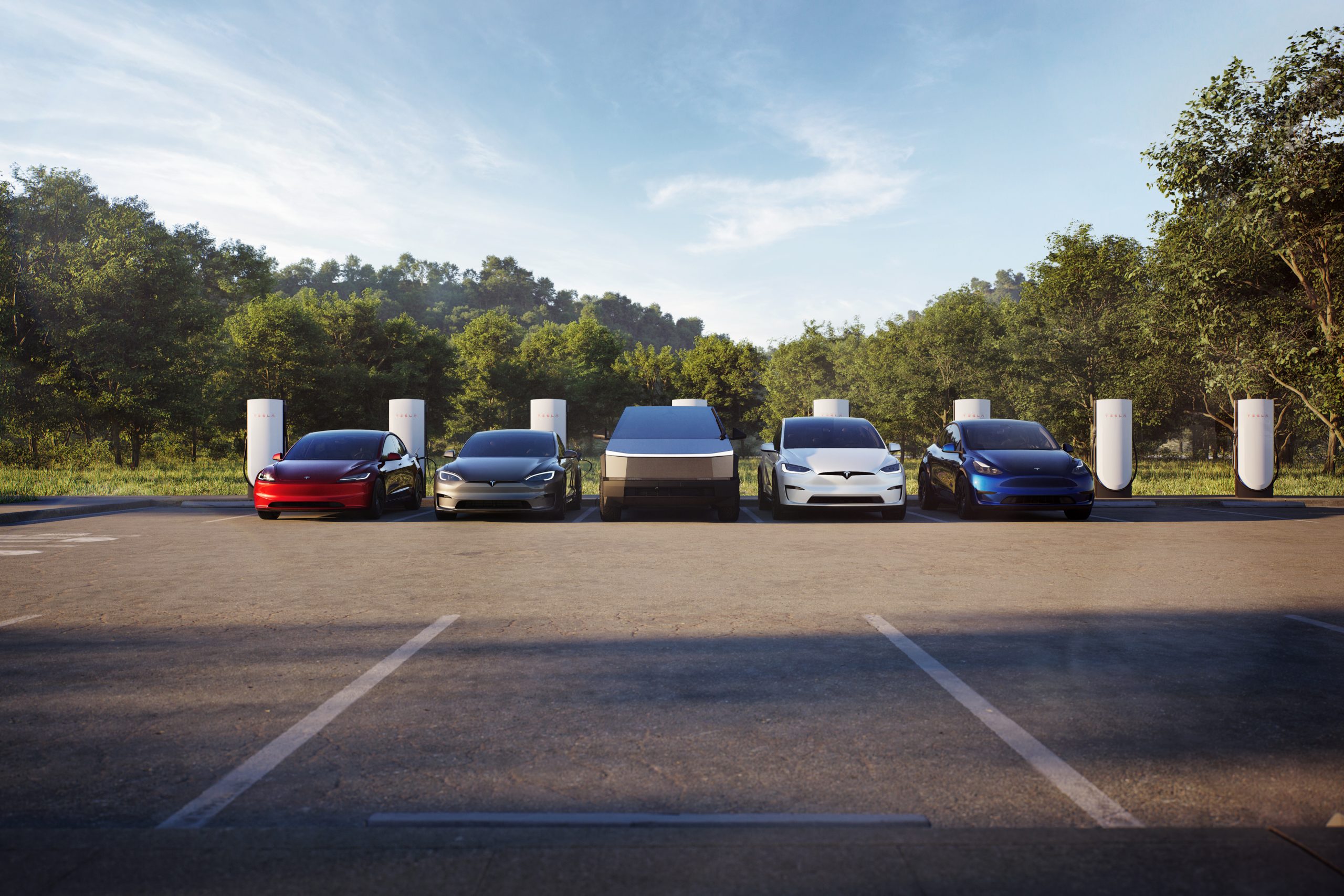
Credit: Tesla
This can boost consumer confidence in Tesla’s long-term ecosystem over competitors retreating to hybrids. With Ford making this move, it is totally reasonable that some car buyers could be reluctant to buy from other legacy automakers.
Profitability is a key reason companies build cars; they’re businesses, and they’re there to make money.
However, Ford’s new strategy could plant a seed in the head of some who plan to buy from companies like General Motors, Stellantis, or others, who could have second thoughts. With this backtrack in EVs, other things, like less education on these specific vehicles to technicians, could make repairs more costly and tougher to schedule.
Potential Increases in Market Share for Large EVs
Interestingly, this could play right into the hands of Tesla fans who have been asking for the company to make a larger EV, specifically a full-size SUV.
Customers seeking large, high-capability electric trucks or SUVs could now look to Tesla for its Cybertruck or potentially a future vehicle release, which the company has hinted at on several occasions this year.
With Ford reallocating resources away from large pure EVs and taking a $19.5 billion charge, Tesla stands to capture a larger slice of the remaining demand in this segment without a major U.S. competitor aggressively pursuing it.








